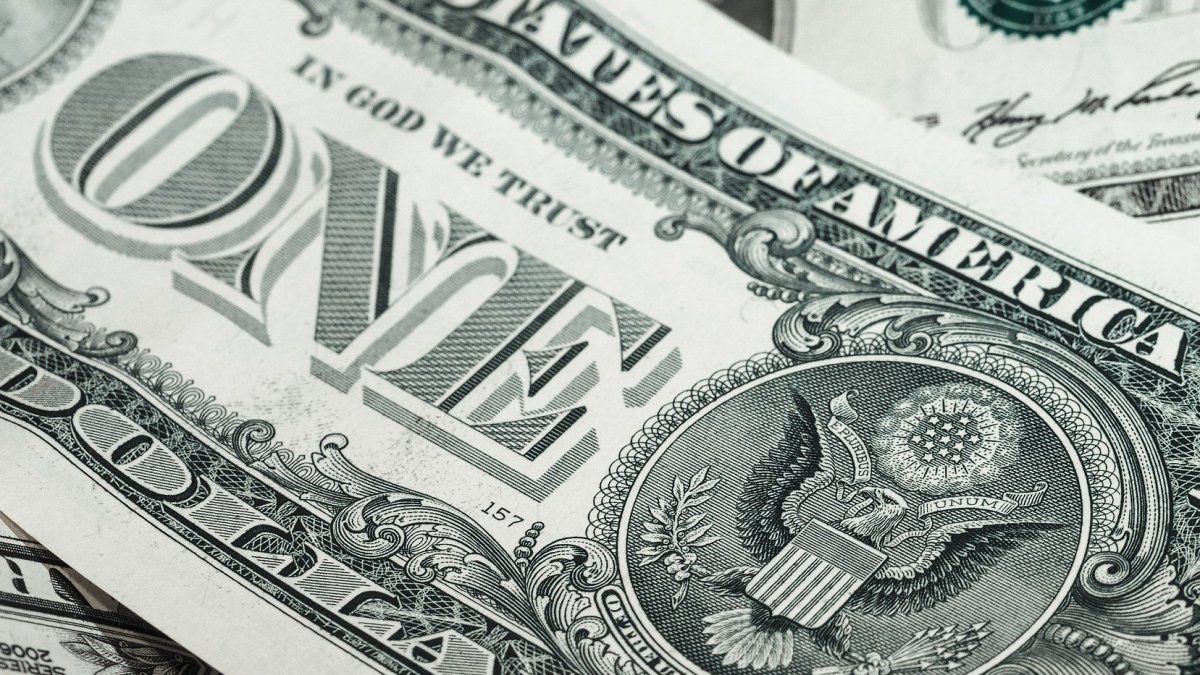For his part, the MEP dollar -valued with Global 2030- it rose $1.80 (+0.6%) and ended the session at $299.77. Thus, the spread with the officer reached 101%.
In the parallel market, meanwhile, the blue dollar lost $2 (-0.7%) to $282, according to a survey by Ámbito in the Black Market of Currencies. Meanwhile, the gap with the official dollar pierced 90% and hit its lowest level in more than three months (89.8%).
After the market closed, the International Monetary Fund (IMF) informed Economy Minister Sergio Massa that the agency will approve compliance with the reserve goals for the third quarter. Massa had been optimistic last week when announcing that the country met the Fund’s goals after reinforcing reserves thanks to the special exchange rate for soybean exporters, which allowed the accumulation of some 5,000 million dollars.
Lucas YacheHead of Strategy and Investments at Liebre Capital, commented that regarding the recent accumulation of reserves, “Everything would indicate an important change in trend. Going forward, with a scarce supply of dollars and the demanding incentive of importers, the perspectives indicate that part of the purchased reserves would be returned in the coming months.”
“Without foreign exchange reserves, we believe that legislators in Argentina will have to stabilize and reform the economy,” warned a report of Morgan Stanleyalthough he estimated that “This is unlikely to happen before next year’s election, so there is a ‘muddle through’ scenario in next year as the best possible outcome.”
The rebound in financial exchange rates, and the new low for the blue, occurred one day after the Minister of Economy introduce the new techno dollar, what are you looking for promote exports of knowledge-based services, with the idea of attracting foreign exchange for some US$10 billion by 2023.
The measure will allow companies in the sector that make investments of more than US$3 million to be exempt from settling 20% of the foreign currency in the foreign exchange market, when said investment is intended for new businesses or companies. Companies that increase their services exports are also expected to have a access to foreign exchange equivalent to 30% of the additional foreign exchange generated.
These stimuli to the knowledge-based services sector do not imply a differential exchange rate as was the case of the soybean dollar, therefore, it is expected that the impact “is positive in the medium and long term”, they projected from Delphos Investment.
Meanwhile, the monetary entity bought this Tuesday from the market some barely 3 million dollars, compared to 45 million the day before when there was still a remnant of declared soybean liquidations, operators commented.
“Operators anticipate that the next few months will face a lower supply of foreign currency, also accentuated by the advance implied by the ‘soy dollar’ stage, for which they do not rule out the deployment of strategies aimed at defending the reserves accumulated through especially of new restrictions on demand”, said an economist.
In fact, this Tuesday the Ministry of Commerce ordered the abolition of a series of import licenses for goods that “do not represent a need or urgency for their entry into the country.”
The 97-page annex to the new standard updates the list of products covered by the licenses, based on the Secretariat’s criteria that “it is pertinent to point out that elements such as pressure washers, golf clubs, skis and ice skatesare some of the licenses that merit the change brought about in this resolution”.
Thus, Commerce established modifications to a resolution that the Government of Mauricio Macri had issued in 2017, regarding the application of these licenses. Automatic ones are usually approved within 60 days, but non-automatic ones can be twice as long. With this measure, the Executive Branch seeks to protect the few dollars that the Central Bank has.
Linked to the protection of reserves, there are still no official news about the increase in the cost of the tourist dollar known as Qatar dollar. “Dollar outflows for travel and tourism continue to set new highs since 2018. August data from the Exchange Balance showed a tourism deficit remained stabilized at US$750 million per month (annualized rate is US$9,000 million), amounts that will probably increase towards the end of the year”, they expressed from Delphos.
official dollar
The dollar today -without taxes- increased 34 cents this Tuesday to $155.67 for sale after rising $1.08 in the previous day, according to the average that arises from the banks of the local financial system. At Banco Nación, meanwhile, the retail note rose 75 cents to $155 – without taxes.
The dollar I save or solidarity dollar-which includes 30% of the COUNTRY tax and 35% deductible of the Income Tax and of Personal property– increased 56 cents at $256.86.
The tourist dollar or retail card plus COUNTRY Tax, and a perception of 45% deductible from the Income Tax and of Personal property– went up 60 cents at $272.42.
The wholesale dollar, directly regulated by the BCRA, it increased 36 cents to settle at $148.59. The volume traded during the day it fell 15% to $292.1 million.
The correction experienced by the wholesale exchange rate translated into a slight acceleration in the pace of price adjustment driven by official regulation. In the first two days of this week, the dollar rose $1.27 in the wholesale segment, against the $1.13 increase registered in the same period of the previous week.
Market agents agreed that the BCRA has slowly lightened the rate of devaluation of the peso, within the framework of a multiplicity of exchange rates that make business complex in the midst of firm restrictions on the purchase of foreign currency.
“The official dollar does not loosen its foot on the accelerator, ending the crawling peg at a daily TNA of 82.90% vs. 76.40% on Monday”calculated from PPI.
In the ROFEX futures market, for its part, the dollar showed diverse behaviors. The shortest maturities fell by 0.4%, while as of December they rose 0.2% on average. The currency for October concluded with a rate of almost 92% TNA, and by the end of November it reached 108.21% TNA. Some US$668 million were traded, reported ABC Mercado de Cambios.
Source: Ambito
David William is a talented author who has made a name for himself in the world of writing. He is a professional author who writes on a wide range of topics, from general interest to opinion news. David is currently working as a writer at 24 hours worlds where he brings his unique perspective and in-depth research to his articles, making them both informative and engaging.




